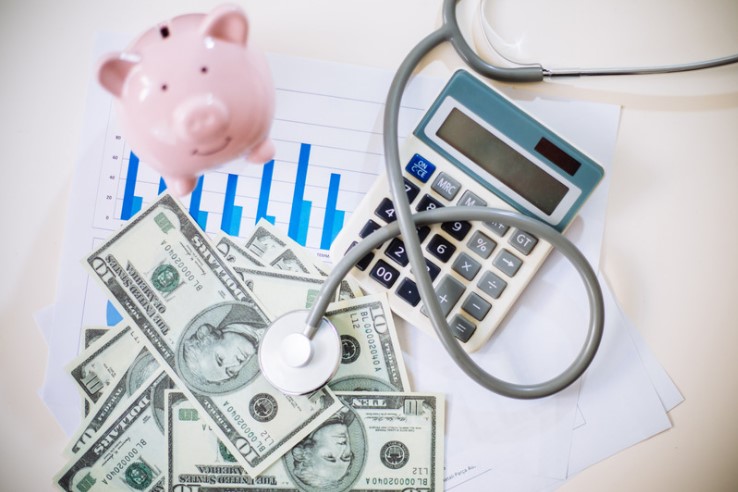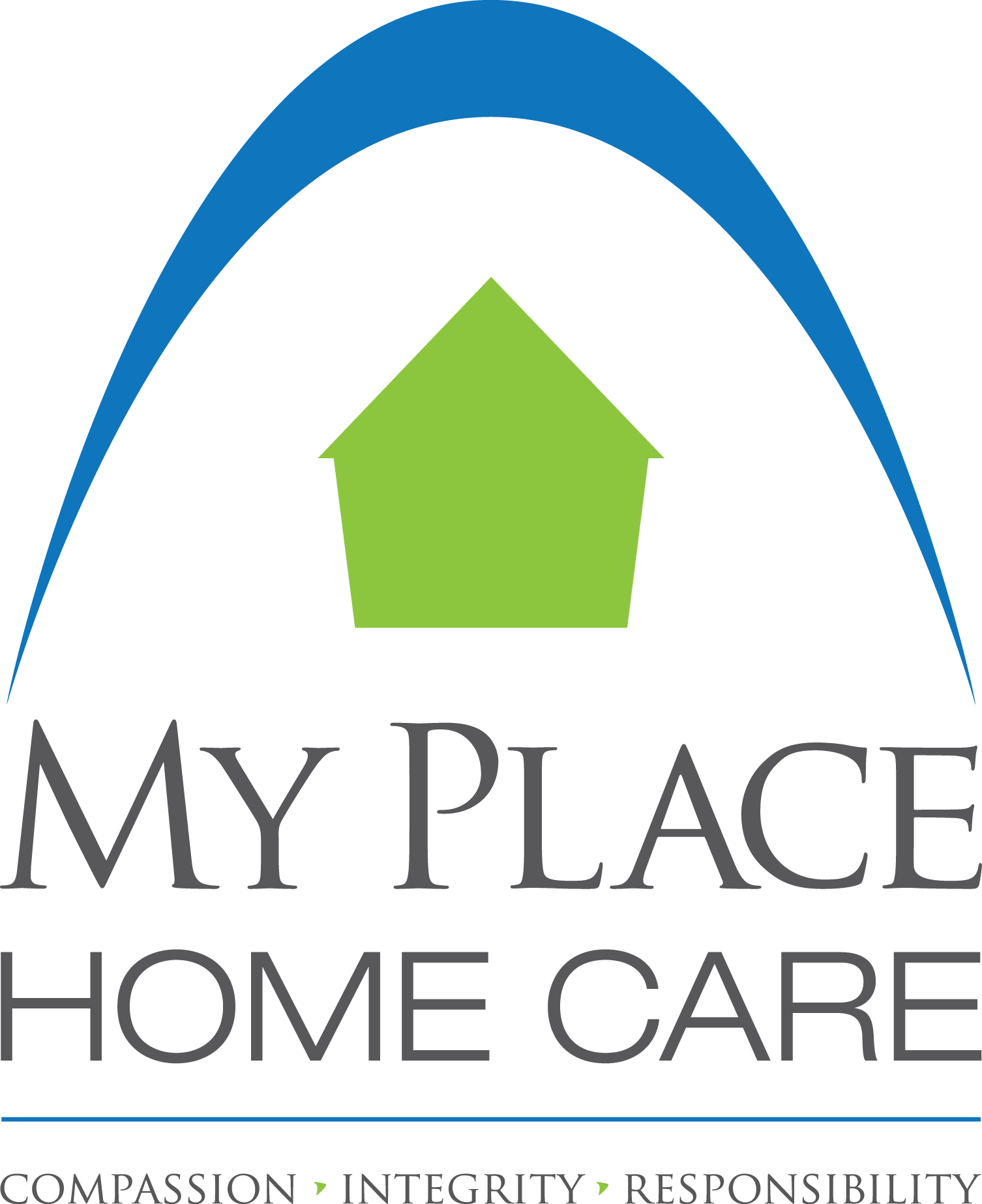
WHAT COSTS TO EXPECT IN RETIREMENT – CONTINUED
In the previous blog, the key costs that were examined were housing costs, healthcare expenses, daily living expenses, insurance, and taxes. In this blog related to retirement costs, the remaining expense categories are examined. The categories are savings and investments, debt repayment, emergency fund, estate planning and practical tips for managing retirement costs.
Savings and Investments
Building your savings account and investments during your working life plays a large role in your retirement living. There are many forms of savings and investments and each of them have their own tax implications. Some of the accounts that are fairly common for Canadians to hold are RRSPs (Registered Retirement Savings Plan), TFSAs (Tax Free Savings Account), and non-registered investments.
RRSPs
In 2024, Canadians can contribute a maximum of 18% of the income you earned in the previous year up to the current fixed contribution limit of $32,490 to their RRSP. While knowing contribution limits is important, so is the tax rate you pay on withdrawals. The following table shows the tax rate withheld for the following withdrawal amounts:
| Withdrawal Amount | Tax rate Canada (except Quebec) | Tax rate, Quebec |
| Amounts up to $5,000 | 10% | 5% |
| Amounts of $5,000 up to and including $15,000 | 20% | 10% |
| Amounts over $15,000 | 30% | 15% |
Withdrawals made from your RRSP account are taxed as taxable income. Please note that the tax withheld may not always be enough to account for the tax you owe at your tax bracket. You may have to pay more tax on the withdrawal when you include the withdrawal on your income tax and benefit return for that year. Knowing this tax information is beneficial for cash flow planning in your retirement.
TFSA
Tax free savings accounts offer many benefits to Canadians. The benefits are:
- You can carry unused contribution room forward. This means that if you do not contribute the full annual amount of $7,000 in the 2024 year, any unused contributions can carry to the 2025 year.
Example:
John contributed $5,500 to his TFSA during the 2023 tax year and the annual contribution limit in 2023 was $6,500. John’s unused contributions for 2023 are $1,000. The new annual contribution limit for 2024 is $7,000 meaning the maximum contribution John can make during the 2024 tax year is $8,000.
- Your money grows tax-free meaning you pay no tax on withdrawals or tax on gains from interest, dividends or capital gains.
- Your TFSA savings can be withdrawn from your account at any time, for any reason, and all withdrawals are tax-free.
Disadvantages
There are also some downfalls to a TFSA and they are management fees, contributions are not tax deductible and taxes on excess contributions. In a TFSA that is managed by a bank is subject to fees that range from institution to institution. Management fees can be avoided in the case of a self-managed TFSA account, but you may be subject to fees for setting up the account. Unfourtunately, contributions to your TFSA are not tax deductible during your tax filing, so your TFSA contributions will be part of your taxable income. Lastly. Canadians are taxes 1% per month for any amount of money for contributions over the annual maximum to their TFSA.
Example:
John received a bonus for his excellent work for his second quarter performance of $5,000. He decides to put the full amount in his TFSA. He has already contributed $500/month from January to June 2024 meaning he has contributed $3,000 in his TFSA this year. John deposited the full bonus check on July 25, 2024 and his total contribution for 2024 is now $8,000. This means John has contributed an excess of $1,000 for the 2024 year and will have to pay taxes on the excess for the rest of the year. If he does not contribute or withdrawal any money for the rest of the year, John will pay $50 (1,000 x 1% x 5 months).
Non-registered investments
Non-registered investments are investments accounts that are taxable for Canadian citizens. With a non-registered account, you can grow your money through investing in equities, mutual funds, ETFs, fixed income, exchange traded options and more. The main downfall of non-registered investments are being taxed for your gains at different rates. You can be taxed for interest earned, dividends, and capital gains. Interest earned is taxed at your marginal tax rate meaning you can pay anywhere from 15-53.53% depending on your tax bracket. Dividends earned are taxed at different rates depending on if they are eligible or non-eligible and range from 9%-15%. Lastly, capital gains from investments in non-registered accounts are taxable at only 50% of the account holders marginal tax rate which can range from 7.5-26.77%.
Debt Repayment
In the case that you have any debts going into retirement, you will have to account for debt reduction payments. Even if you do not hold debt, there are payments you may still have. For instance, regular mortgage payments are a form of debt, however there are positive benefits to home ownership. You may not have any credit card debt, but you may make monthly purchased on your credit card that need to be paid off each month. Other debts such as loans and lines of credit, these payments are likely paid on a monthly, bi-monthly, bi-weekly or weekly basis. Accounting for these regular payments until they are paid off during retirement planning is very important as you will have to manage your cash flow accordingly.
Emergency Fund
As mentioned in the previous blog, adding a buffer to living expenses and housing expenses can help with unforeseen expenses. In addition to these built in buffers, you can put an additional amount of money aside. This can be any amount you are comfortable from $50/month to $500/month. It all depends on your financial health and can vary month to month if you wish. The purpose of the emergency fund is so you do not have to dip into your savings and it can be used as needed so you can focus on your financial goals.
Estate Planning
Death is not something many people like to think about, but it is important to plan for. Not planning for it can cause some issues and leave unexpected costs for your grieving loved ones. The cost associated with end of life planning can vary depending on what you require. Some people only require a simple complex will while others needs assistance with succession planning for their business, setting up a trust or other services. It is best to set an appointment with an attorney to go over your needs and draft the appropriate documents.
For a simple will, the cost will be around $300-600, a more complex will, the cost will be anywhere from $600-1500+ depending on what needs to be included. If you require estate planning, you can expect to pay between $1500-3500 for the full service including a will. Every circumstance is different and your requirements will depend on a number of factors. It is best to consult with an attorney so they can properly guide you through the process.
Funeral Planning
Funeral planning and the associated costs will vary what an individuals requests and prices may vary province to province. The average cost of a traditional funeral with a burial is between $5,000-25,000 and cremation costs on average $2,000-5,000. You can expect to pay for the following expenses:
Funeral home services and associated costs
- Funeral director’s services
- Visitation lasting 3 hours (can have more than one)
- Online obituary
- Environmental surcharge
- Guestbook
- Urn/coffin
- Cremation services (optional)
- Municipal death registration
Flowers
Flowers are optional but they can be a great way to bring some color to the service.
Church or where the service is held
The service can be held either in a church or at the funeral home as typically they have a space for this to happen.
Cemetery
Fees for the cemetery can vary depending on a number of different options including:
- Owning/buying the plot
- Has a headstone/need to purchase the headstone
- Inscription on the headstone
- Opening/closing the plot or columbarium
- Other fees
Reception
Catering a reception can vary in cost based on where you choose to host it. A reception can be hosted in the funeral home, a church space or at another location. If your loved ones host it in their own home, rental space can be saved on and if they prepare the food themselves, additional money can be saved
There may be other costs associated with a funeral service and you should consult the services of a funeral home.
Practical Tips for Managing Retirement Costs
- Create a Detailed Budget: Track all sources of income and expenses to understand your financial situation better.
- Adjust Lifestyle: Consider downsizing or moving to reduce living expenses.
- Maximize Benefits: Ensure you’re receiving all eligible government benefits and explore additional support programs.
- Plan for Healthcare: Consider long-term care insurance and other options to cover healthcare costs.
- Consult Financial Advisors: Get professional advice to optimize your retirement savings and investments.
By carefully considering these costs and planning accordingly, seniors in Canada can better manage their finances and enjoy a more secure and fulfilling retirement.

